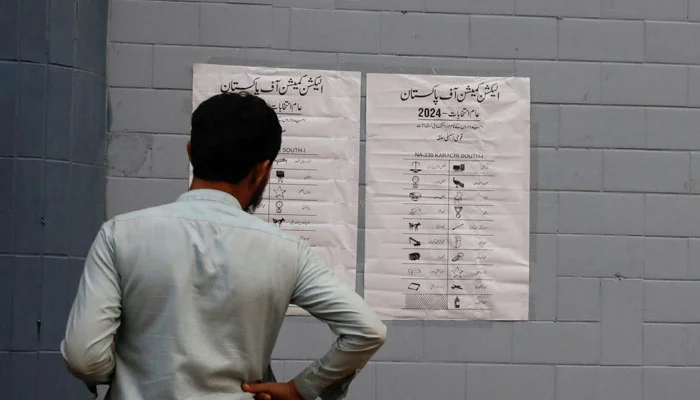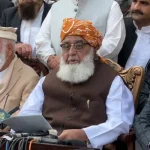The use of scientific statistical polling in politics dates back to the early twentieth century. A historic occurrence from 75 years ago is recounted, in which Literary Digest (a big journal at the time) conducted a survey for the 1936 US presidential election, with nearly three million readers voting via postal ballot.
Landon and Roosevelt competed for the presidency of the United States. The digest implied that Landon would win. However, Princeton-trained Dr Gallup utilized a far smaller (but statistically chosen) random sample to forecast that Landon would lose and Roosevelt would win, as well as the percentage by which the Literary Digest’s prediction would be inaccurate.
When the election results came in, the Literary Digest’s non-random sample was incorrect, whereas George Gallup’s small sample of a few thousand people was correct not only about the horse race but also about how inaccurate the media poll was. This marked the beginning of political polling in the United States, and over the next few decades, political polls became an integral part of any political campaign and conversation. Pakistan’s first statistical sample political poll was conducted in 1979 by Dr. Ijaz Gilani, who was trained at MIT in the United States and established the Pakistan Institute of Public Opinion. Political polling has slowly but steadily grown in popularity in Pakistan since 1979.
Along with political polls came criticism—some substantive, some merely hypothetical and speculative.The key question is whether pre-election surveys can forecast election outcomes. If so, how accurate? As a pollster, I am frequently asked this question, and my response is that, yes, they are substantially better at predicting elections than any other technique or instrument for political research.
For any pollster, Election Day is like the Day of Judgment: you either pass or fail. How has the General Election 2024 impacted political polls in Pakistan? As I describe below, it has been a success and triumph not only for Gallup Pakistan as a pollster, but also for the scientific tool and approach that we and others in the business use. Let me clarify.
In January 2024, Gallup Pakistan published on its website a report titled ‘Political Weather Report One Month Before the General Election 2024’.
The report claimed the following significant assumptions, which were confirmed on February 8, 2024.
How accurate were the election surveys?
Punjab: The PTI and PML-N faced stiff competition in Punjab, with 34% and 32% of sample survey respondents saying they would vote for each party, respectively. The General Election 2024 results demonstrate that the expected outcome was remarkably close to the actual outcome. PTI-backed independents received more votes than the PTI (35%) and the PML-N (34%).
The same survey revealed that, despite major efforts, the PPP was unable to increase its vote bank, and the study predicted a 6.0% vote bank for the PPP, which was also proven right. Lastly, the report concluded with the following conclusion: “Survey results show that Punjab vote bank reflects return to 2018 General Election political landscape” . This has also proven to be right, with the top three parties receiving about the same share of votes as they did in Punjab in the 2018 general election. In 2018, the PTI was 1.0% ahead of the PML-N in Punjab.
Khyber Pakhtunkhwa: The findings revealed that KP had overwhelming support for the PTI (45% of poll respondents).
Sindh: According to the estimate, the PPP will be the single largest party in Sindh, accounting for 44% of the vote. According to current election figures, 44% of Sindh’s voters voted for the PPP.
In other words, Gallup Pakistan accurately forecasted the electoral outcome.
This is not to say that all public polls can make accurate predictions. Polls, like all other research, can be professional or unprofessional. The amount of predictability is determined by following the proper procedure and maintaining professional integrity. We therefore encourage readers to be’sophisticated poll observers’ who can distinguish between good and bad polls.
The sample composition (is it representative of the many social and demographic categories within the society it claims to represent), the sample selection procedure, and, finally, whether the firm conducting political surveys has any prior survey experience.
Survey research is a science that can only be conducted and supervised by trained professionals. All scientific surveys have flaws, but those inaccuracies are measurable. Pollsters should be willing to face reality when their predictions are incorrect and to celebrate when they are correct. Fortunately, this prediction fits into the latter category. The overall electoral outcome closely matches the macro-predicted ratios. Any abnormality on a macro level can thus be addressed on a case-to-case basis.
A significant effect of pre-election surveys and election data generally matching is a confirmation of the election’s integrity and transparency. This source of proof should also be employed for Pakistan’s 2024 general elections, and in this author’s opinion, Election 2024 did reflect the nation’s wide will and the trust it placed in the parties.
There may be irregularities at the constituency level, which must be thoroughly probed in accordance with all principles of justice and law. However, pre-election studies do not support assertions of widespread hijacking of the people’s mandate.






